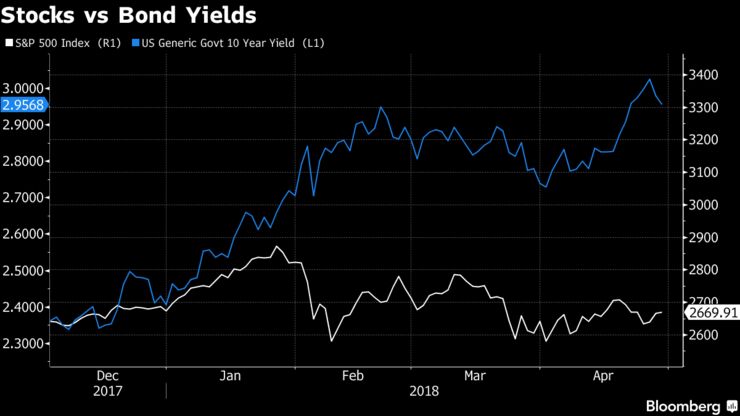I've mentioned I only have
two three clickbait moves, the "Number ______ will shock you" type (above) and the "If you think you know ______, listen to the battle-cry of this super-model" style.
*
Be that as it may, now that we are here I'd like to point out that last week FT Alphaville did something very interesting: They presented some long-form journalism serial style.
The serial was a favorite of magazines from the late 1600's and really took off with Dickens'
The Pickwick Papers in 1836. And for the next hundred+ years it kept bringing people back for more.
And then it fell out of favor
In today's attention-constrained (versus money-constrained) world the serial serves two purposes:
First off serial form is a natural brake on 'blogorrhea" (which this introduction is skirting dangerously close to) and secondly it is a more aesthetically pleasing presentation versus say, last week's (quite popular) "
The Spectrum of Control: A Social Theory of The Smart City" where I just couldn't figure out what the natural jump to the original source would be.
With that meander behind us, here's some background information that may set up a very profitable trade over the next two or three years.
First up was the somewhat confusingly titled overview "
More on WeWork and its bond offering -- updated" (which assumed facts not in evidence, that I had even heard WeWork was raising some money but that's a petty quibble), April 24:
Office-space manager WeWork is planning to sell $500m of high-yield
notes maturing in 2025, in a deal expected to price this week.
One
reason this matters is that it is the first time the company has sold
debt to investors (it has a $650m revolving credit facility and a $500m
letter-of-credit facility). After Monday's pricing of a bond offering
from Netflix, the sale of notes could test the extent of the market's
appetite for high-yield bonds.
Yet even more interesting is the
opportunity to get a sense of how exactly WeWork's business works. The
company has an “asset-light” model and leases most of its workspace
locations -- beyond that it has been promoting its lifestyle and fitness offerings and planning an expansion into education.
The prospectus and presentation for the
note sale, which was reviewed by Alphaville and the FT, gave us a look
at the company and its financials....MORE
That was followed on the 25th by "
Get in line, SoftBank" (which got me thinking of
Pride and Prejudice):
It is not out of the ordinary for a private company to access the debt markets. Particularly one, like WeWork, with a $20bn market valuation, a figure which was recently endowed on them by $4.4bn of investments from SoftBank and its titanic $93bn Vision Fund.
But notably, the financial results tasked with supporting that $20bn valuation are a little... shaky, as Eric Platt and Alexandra Scaggs reported Tuesday.
Losses increased by 117 per cent in 2017, outpacing its 98-per-cent rise in revenues, according to the bond prospectus.
WeWork's gross margin, which we have calculated by subtracting
community operating expenses (the cost to run a WeWork office space)
from total revenue, is a diminutive 8 per cent. But it is still an
improvement from 2016's 0.7-per-cent margins.
On its balance sheet, WeWork holds $2bn
in cash reserves, and with free cash flow, another bond-investor metric
of choice, running at negative $780m, WeWork has just over three years
of liquidity left, including the projected proceeds from the bond....MORE
"It is a truth universally acknowledged, that a single man in possession
of a good fortune, must be in want of a wife." —Jane Austen(1813)
Also on the 25th (no Georgian spinster genius evocations this time), "
WeWork debt and summer camp":
Yesterday we took a look at WeWork's operating losses metrics, and some of the rather creative adjustments the company made
to capture the facets of its performance that do not include the part
where it spends lots of money on growth.
Ahead of its planned sale
of seven-year senior unsecured notes -- expected to price today at 1pm,
last we heard -- we wanted to get a general idea of the rights its
bondholders might have if the bonds were sold under the terms laid out
in the preliminary prospectus and then Millennials everywhere suddenly
decided they would prefer to work from home.
When a company comes
under stress, investors like to look for physical assets, since they
know those assets would be recoverable in a bankruptcy. So it is
fortunate that WeWork is not considered distressed, because as we
covered, it might not offer much in the way of physical assets to sell.
What WeWork does offer in this early
prospectus is a guarantee on the debt from some (but not all) of its
subsidiaries -- namely, its US building and service businesses. The
guarantees don't give a 100-per-cent ironclad place at the front of the
line, according to the documents:...MUCH MORE (the good stuff)
Back to Austen, her gig was social commentary on the landed gentry, an umbrella the WeWork tale could also fit under, though with more numeric on the alpha-numeric storytelling spectrum.
Finally the saga wrapped up with "
The magic of adjustments: ebitla-dee-da":
Yesterday, after a gleeful few hours running through the prospectus for WeWork's $500m bond offering, we posted a summary of newly disclosed financials for the free-beer toting office rental businesses. Spoiler: they aren't the healthiest.
One
financial metric that caught our eye was what WeWork called “Community
Adjusted Ebitda”, a rather quixotic take on the famous Ebitda metric.
One
of the most popular financial acronyms, standing for earnings before
interest, tax, depreciation and amortisation, it's often used as an easy
indication of a company's cash flow.
By adding back non-cash charges, such
as a depreciation, to operating profit, curious investors can get a
handle on how cash generative a businesses core operations are. The
approach is particularly useful when figuring out the level of interest
payments a business can handle, for instance.
WeWork's metric of
choice got us thinking -- what are our favourite adjusted metrics from
over the turbulent course of financial history? Here are four which
sprung to mind, starting with WeWork.
WeWork - Community Adjusted Ebitda...
...
MORE
And that's a wrap on Jane Austen meets the Alphaville team and WeWork.
*One quick explanatory note. I just re-read "
Before Buying into the Idea that Fractional Reserve Banking has Some Sort of Fraudulent Roots, Listen To This Battlecry From A Supermodel" and see that not only have we also used the "One weird trick" clickbait formulation:
Warren Buffet Uses This One Weird Trick to Be Persuasive
We've also used some other tips, tricks and manipulations of gentle reader. From the aforementioned:
To the whole Upworthy 'clickbait generator' phase.
And the search engine optimization fiasco:
And the....where was I?
Think We're Not In A Housing Bubble?
Maybe You Should Listen To This Angry Child Star.
Here's the Upworthy
(style) clickbait generator.






